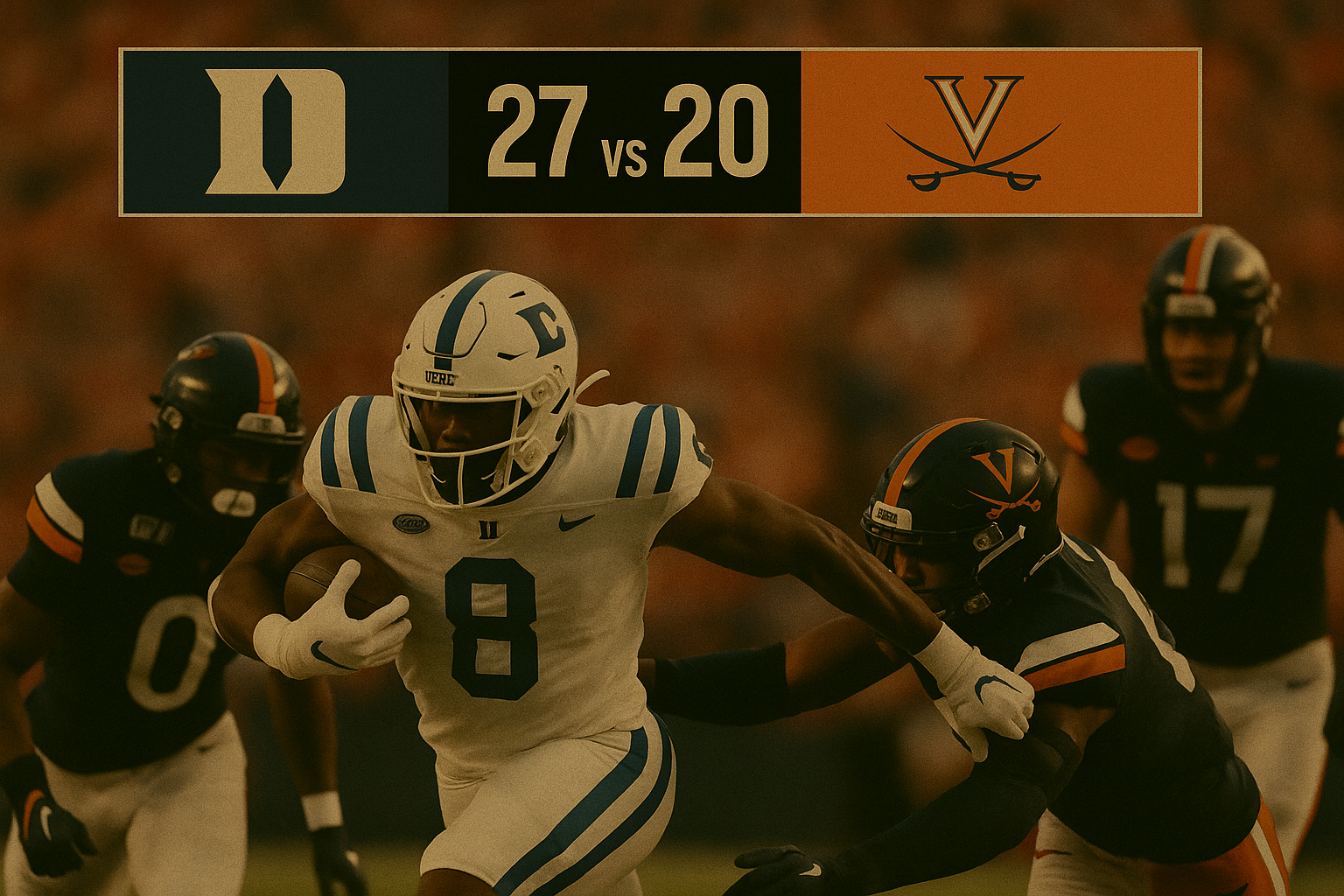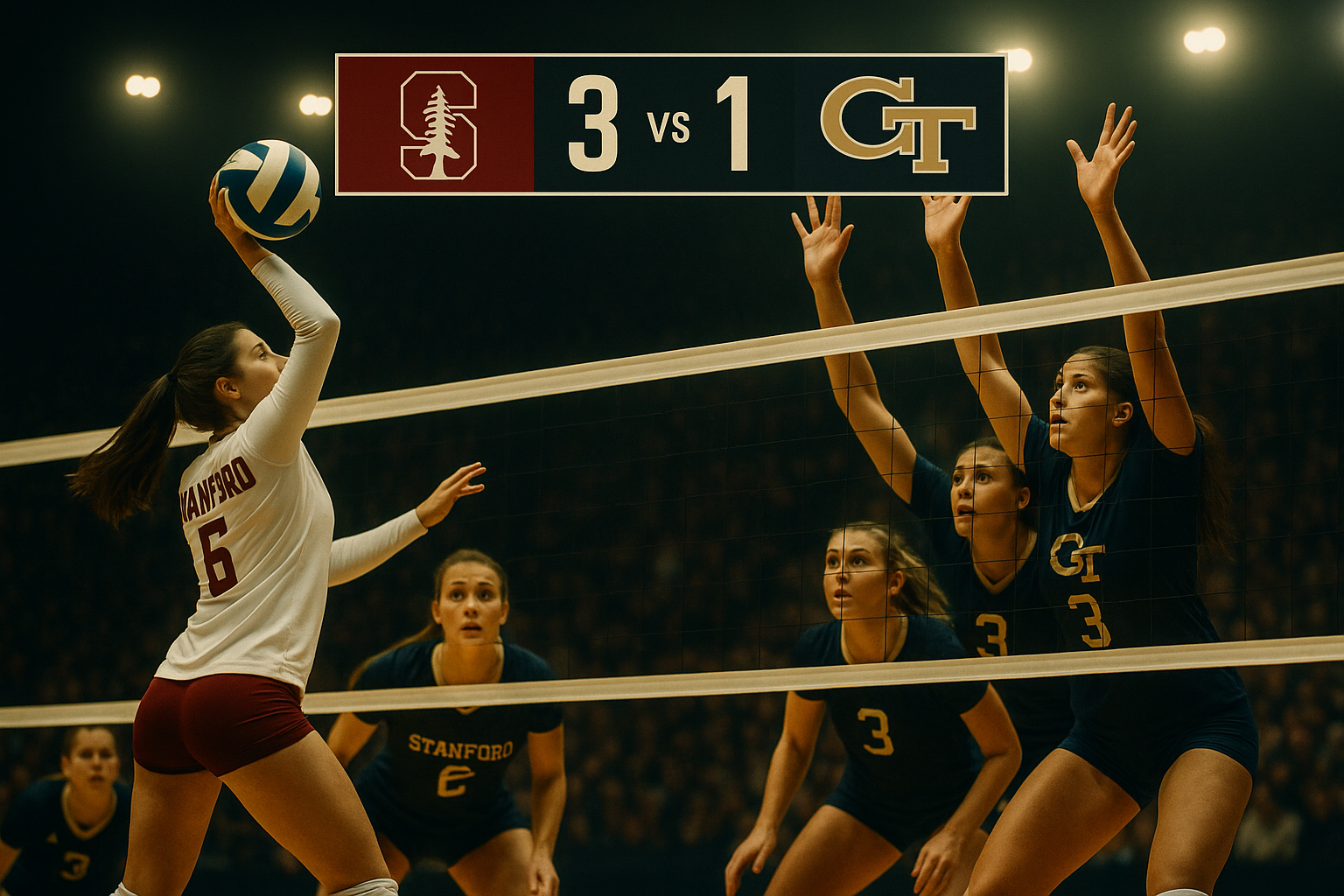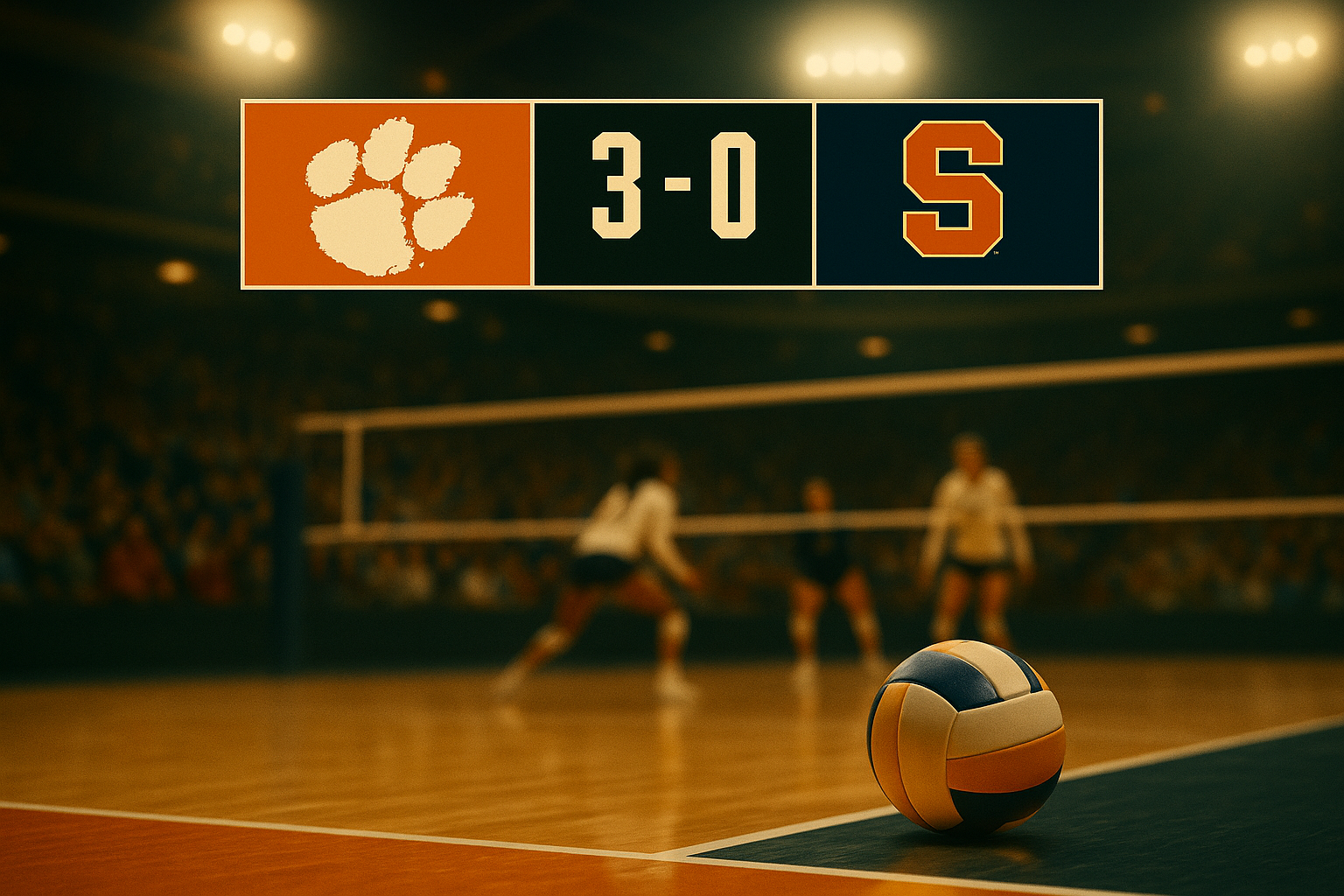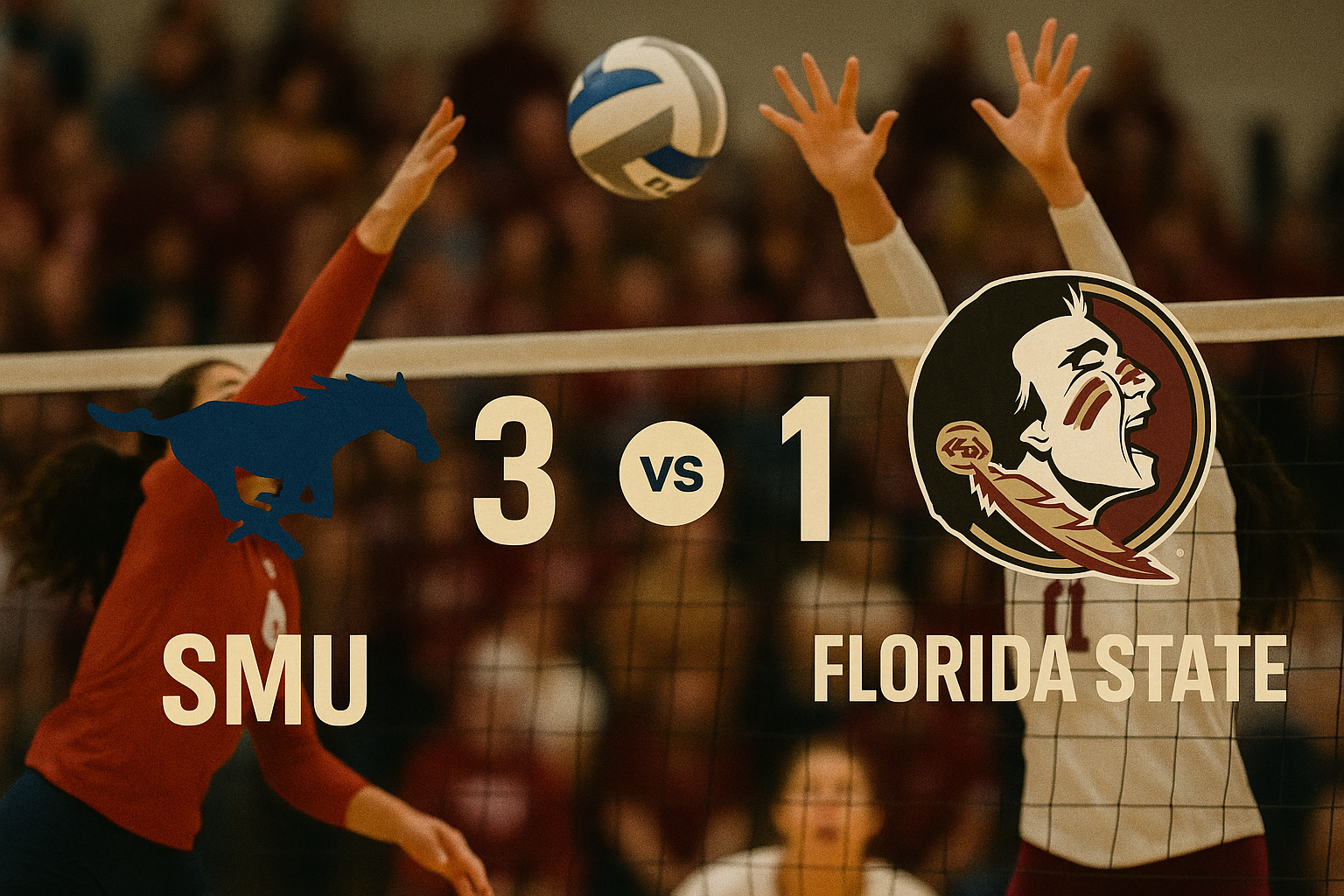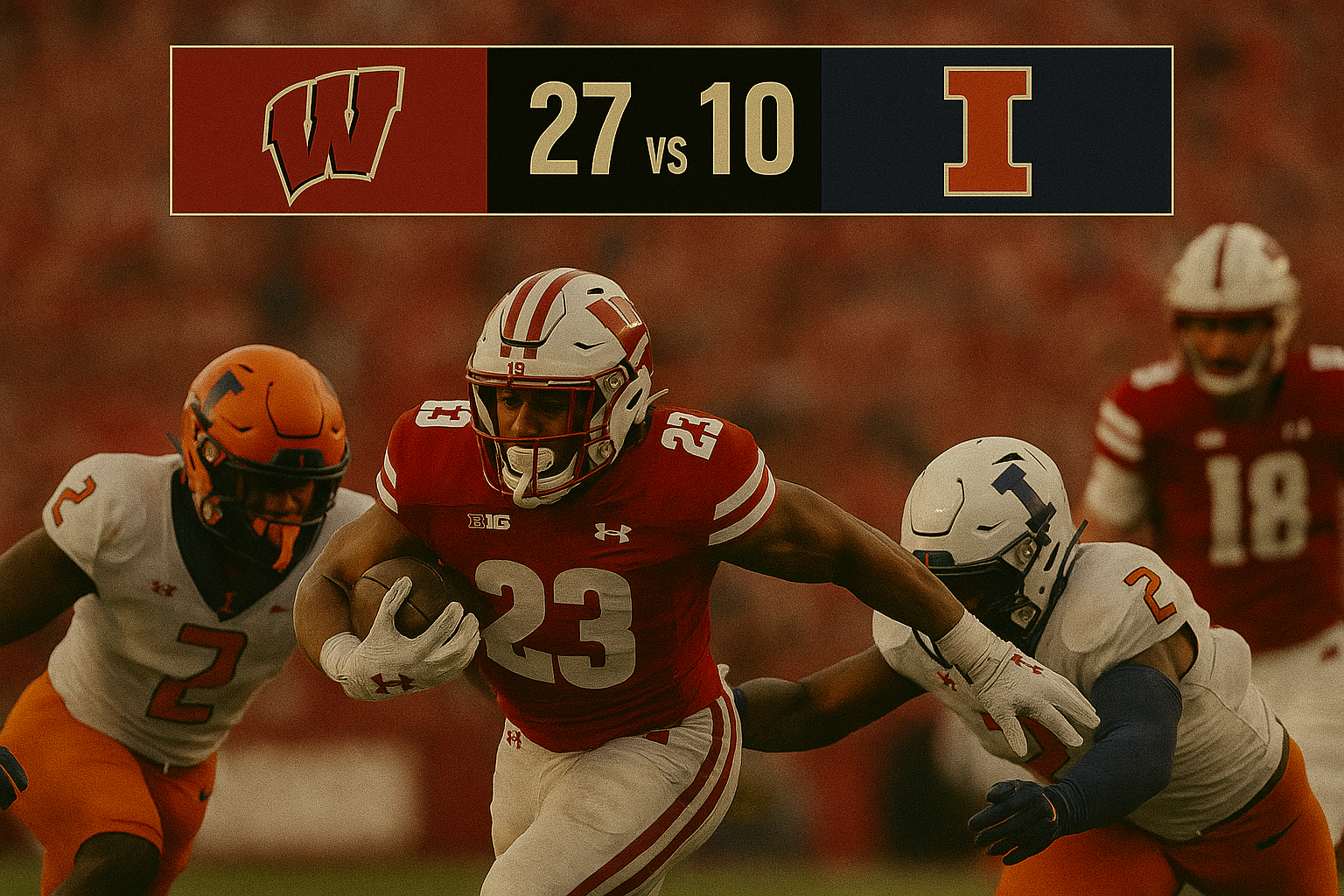Ionescu Leads Liberty to Crucial Win Over Sun, Snapping Four-Game Skid
Liberty Overcome Adversity With Strong Team Effort
The New York Liberty emerged victorious in a critical road matchup, defeating the Connecticut Sun 87–78 on Sunday. The win ended a difficult four-game losing streak and reignited the team's momentum in the latter stretch of the WNBA regular season. Despite missing key players due to injury, the Liberty found rhythm behind Sabrina Ionescu’s stellar performance and the much-anticipated return of forward Emma Meesseman.
Early Momentum Sparks Confidence
From the opening tip, New York showed renewed focus. The Liberty quickly established an offensive rhythm, led by Ionescu, who scored 16 of the team’s first 20 points. The first quarter ended with New York ahead 25–19, a lead they would never relinquish. Connecticut attempted to keep pace, but the Liberty’s pace and ball movement were too sharp early on. Jonquel Jones, playing in her former home arena, provided strong interior scoring to complement Ionescu’s perimeter assault.
The Liberty maintained their lead in the second quarter. Jones added 13 points in the first half, while Ionescu pushed her total to 20 by halftime. New York entered the break with a 45–38 advantage. Connecticut remained competitive thanks to Tina Charles’ scoring inside and Aneesah Morrow’s versatility, but the Sun lacked the defensive consistency to slow down New York’s well-rounded offense.
Meesseman’s Return Bolsters Depth
A major storyline for the Liberty was the return of Emma Meesseman, who had not played in the WNBA since 2022. Making her season debut, the Belgian forward added a new dimension to New York’s rotation. Though she was initially expected to play limited minutes, her impact was immediate in the second half. Her high basketball IQ and seamless integration into the team’s offensive flow allowed the Liberty to exploit matchups and maintain control of the game.
Meesseman scored all 11 of her points in the second half, playing a pivotal role in stabilizing the team during key stretches. Her ability to contribute in short bursts added much-needed frontcourt depth, especially with Breanna Stewart still sidelined by a knee bruise and Nyara Sabally continuing her recovery.
Ionescu’s Dominance Defines the Game
The centerpiece of New York’s performance was Sabrina Ionescu. Her offensive efficiency and aggressive drives set the tone for the game. Despite making just one three-pointer, she finished with 36 points on 13-of-19 shooting inside the arc. Ionescu also recorded 11 rebounds and four assists, cementing her reputation as one of the league’s most dynamic playmakers.
Throughout the game, Ionescu’s scoring touch, rebounding, and leadership kept Connecticut at bay. Whether pushing the ball in transition or navigating the half-court offense, she executed with poise and confidence, particularly in the third quarter when New York created a double-digit cushion.
Liberty Close Out With Composure
As the fourth quarter began, the Liberty stretched their lead to 15, their largest of the game. Connecticut made a late push, cutting into the deficit with a flurry of buckets from Charles and Morrow. However, New York’s defense held strong down the stretch. Meesseman and Jones executed well in two-player actions, and Ionescu maintained control of the game’s tempo.
Despite a few turnovers that momentarily shifted momentum, the Liberty never lost command. The game concluded with an 87–78 win, a crucial result that helps New York stay ahead of the Atlanta Dream in the standings.
Statistical Breakdown
New York finished with three players in double figures: Ionescu (36), Jones (21), and Meesseman (11). The Liberty shot 47.5% from the field and controlled the glass throughout the contest. Defensively, they limited the Sun to just nine made three-pointers combined and forced timely turnovers to halt Connecticut’s rallies.
For the Sun, Tina Charles led the way with 17 points, followed by Aneesah Morrow with 16. Bria Hartley and Marina Mabrey added double-digit scoring efforts, but Connecticut struggled to match New York’s intensity in key stretches.
Looking Ahead
The win improves the Liberty’s record to 18–10 and restores confidence after a difficult stretch of losses. With Meesseman now in the rotation and Jonquel Jones back in form, New York appears poised for a late-season surge. They’ll look to carry this momentum into their next game against the Dallas Wings, a team that handed them a blowout loss earlier in the season.
For the Sun, the defeat drops them to 5–22, and they’ll now prepare for a challenging matchup against the Phoenix Mercury. While the team has shown improvement since the beginning of the season, continued inconsistency on both ends remains a hurdle.
